

Kyn really wants to be a combination of Diablo and Baldur’s Gate. It isn’t quite there, but it really wants to be, so they get points for aspiration. This real-time action RPG with Viking heroes is not one of the most exciting releases of the year, but it has a few interesting mechanics and a solid combat system.
When I say the game’s combat is real-time, I mean it. The biggest difference between this game and its RPG roots is the fact that there is no pause button. Instead there is a button which slows time to a crawl, and it only works in limited quantity. This means you have to be quick and efficient even when you think you have plenty of time.
In Kyn, you can have up to six characters in your party. This is a game that requires you to learn your skills and use them appropriately. You can also swap them out on the fly. Because the system is so streamlined, each skill you can acquire is essential and useful.
You also need to be careful to position your six-pack in a way that maximizes all their talents. Archers do more damage from a distance and can be killed even by low-level enemies if they’re stampeded. Warriors need to be surrounded by healing magic in order to last.
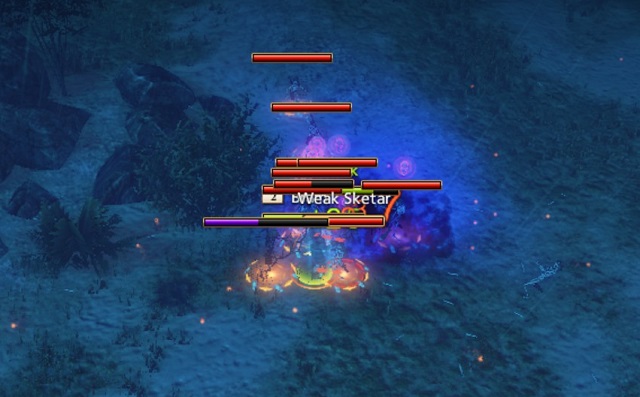
The game is isometric with an unchangeable camera angle. This makes it difficult to aim properly around the scenery sometimes. In one instance, I was trying to revive a dead guard, but because his body was north of the guard tower, I couldn’t land my cursor on him. It also makes it very easy to miss chests that are nestled among trees. I suppose this encourages exploration, but I never felt properly rewarded since the hidden chests usually contain middling gear.
The Norse-inspired art design is one of the game’s unalloyed delights. The boats, the houses, the frost-and-forest environments are all picturesque and evocative. The graphics and textures, while not top-notch, are quite pleasing for an indie game.
It’s a simple detail, but I like the fact that you can customize the armor color for each character so that they’re distinctive on the battlefield. Considering fights can get very clustered, with health bars and items filling up the screen, it’s nice to have an easy way to make your characters stand out.
The RPG stat system is very streamlined here, for better or worse. You have three primary categories: Mind, Body, and Control. These are pretty nakedly meant to be the stats for Mages, Warriors, and Rogues respectively. I’m terrible at properly managing character stats, so I found this very easy. If you’re looking for a deep and intriguing stat system that it is possible to mismanage, this is not the game for you.
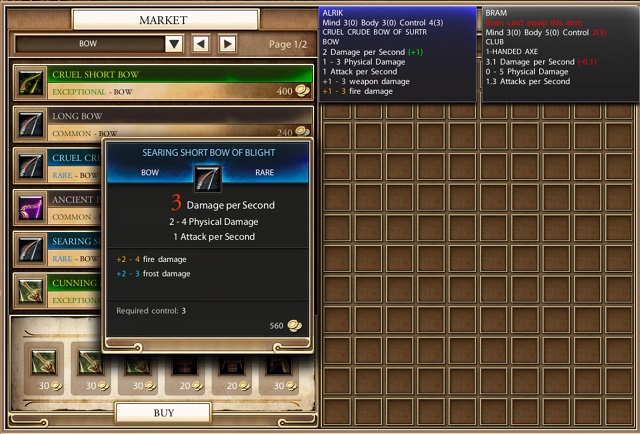
Speaking of gear, the game has a crafting system, naturally. You collect various raw materials while out on missions and bring them back to your home base for your smith to craft them into various items. Here the game destroys its own difficulty: You can craft pretty much anything right out of the gate, and few of the crafting recipes require prohibitive amounts of material. So you can come right out of the tutorial mission with enough wood and metal to craft a legendary shield or axe and turn the next mission into a cakewalk.
Where the game really falls flat is in the story. A good tale can make up for a multitude of failings, and while this game isn’t riddled with said failings, it needed the saving grace. Unfortunately the story feels weak, and what stoy there was didn’t make a whole lot of sense.
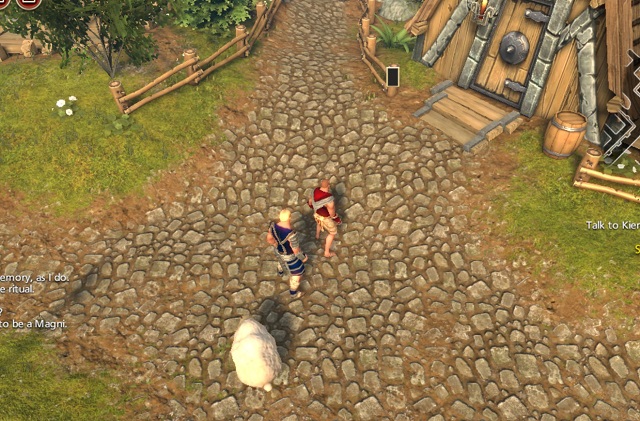
You begin the game with Bram and Alrik, two Magni warriors emerging from a cave. Obviously the game needs to have clueless every man heroes to whom the story can be explained, so a reason has to be contrived for these player characters to be out of the loop, but even basic questions go unanswered. Who are these two to each other? How long were they in there? What did they do to survive? How does this make them Magni warriors? What are Aeshir and why do I want to fight them?
To be blunt, this feels more like a bad D&D novel than an epic tale. I emphasize “bad” because the characters don’t behave in a realistic or even consistent way throughout the story. Sometimes it seems like it’s trying to be a light, fluffy version of the typical RPG faction war, while other times it seems to be trying to create a serious epic for us with complex lore. It never quite manages to be either.

For example, in an early quest you are instructed to retrieve Bram’s father, Oskar, who left to visit a distant tribe on a diplomatic errand. Chief Noma, who gives Bram and Alrik their marching orders, says she’s worried that the unpredictable Oskar might have offended the other Chief and ruined an important trade agreement. (Then why’d she send him? No answer there.) You discover the other tribe is building a dam that is ruining the fishing livelihood of the hostile Aeshir tribe and Oskar is stuck behind enemy lines.
When you find Oskar and bring him back, the foreign Chief says she can only hold up her end of the trade if Oskar’s tribe provides labor to finish the dam. Oskar is disgusted that she wants to proceed with the construction when multiple people have died in its defense…
So he stabs her in the gut, right in front of Bram, Alrik, and her entire tribe; and announces he’s stealing six of their longships. Alrik is as shocked as the player is, but Bram says “My dad’s not really very good at diplomacy.” When you return home, the extent of Oskar’s punishment for ruining diplomatic relations is to be sent back to his smithy. Game, are you trying to be funny?
If you can do without a coherent or engaging story, you’ll find Kyn to be a solid, if not mind-blowing RPG. The stat system is as simple as it gets, which could be great for newer players to the genre. It’s also quite pretty. While it doesn’t seem to have broad or long-lasting appeal, I recommend that RPG fans give it a try.
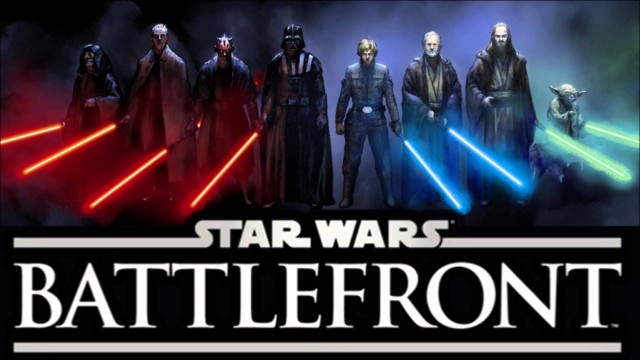
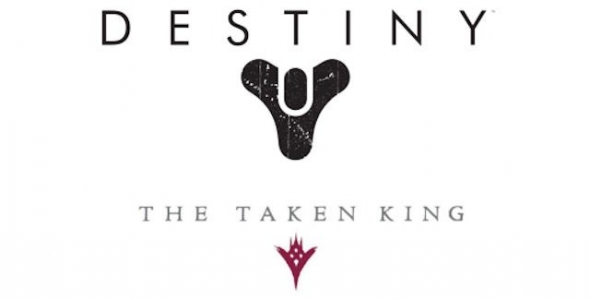


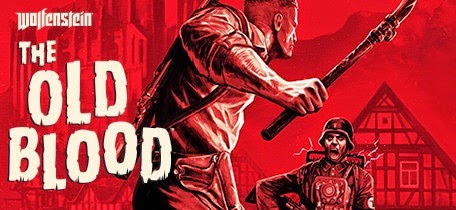 Wolfenstein The Old Blood - complete guide
Wolfenstein The Old Blood - complete guide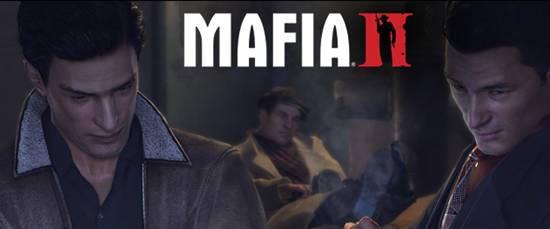 Mafia 2 Wanted Posters Locations Guide - Xbox 360/PS3/PC
Mafia 2 Wanted Posters Locations Guide - Xbox 360/PS3/PC Insurgent: Soundtrack of the film will be released this March 17
Insurgent: Soundtrack of the film will be released this March 17 Batman: Arkham Origins Walkthrough
Batman: Arkham Origins Walkthrough Batman: Arkham Knight Costumes Guide: How and Where To Get All Costumes/Skins For Batman, Nightwing and Robin
Batman: Arkham Knight Costumes Guide: How and Where To Get All Costumes/Skins For Batman, Nightwing and Robin